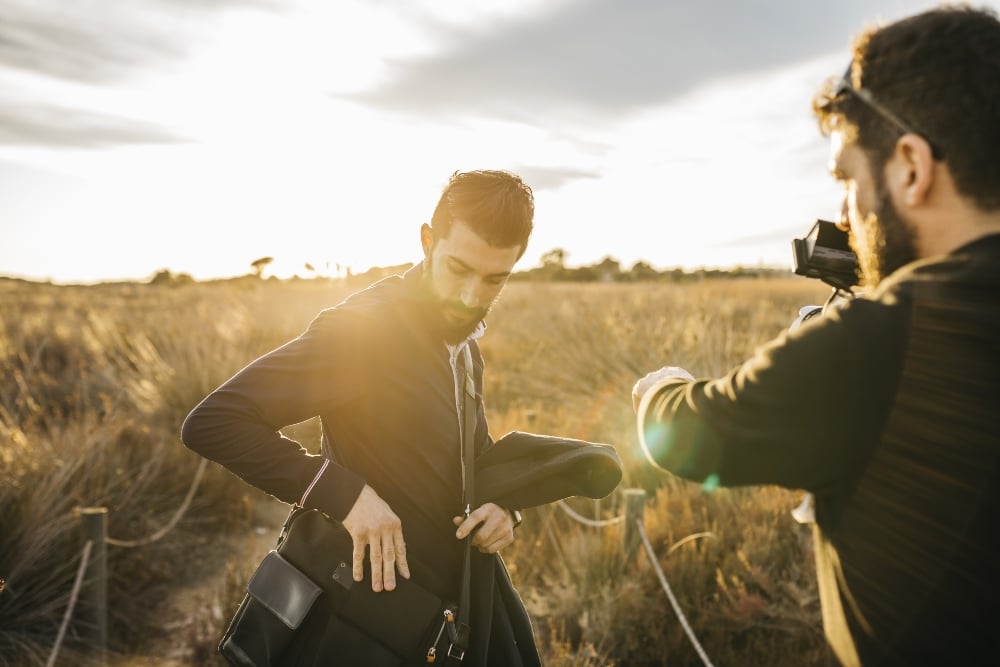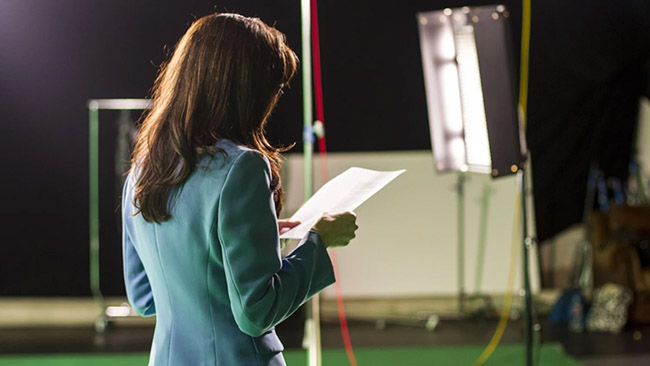Terms to Know to Understand Marketing Animation
An animated marketing video done well can work wonders for your business. It can catch attention, simplify complex information, and move people...
Video animation is both an art and a science, and increasingly, companies are realizing that animated video offers unique opportunities to build relationships with their target audiences and explain the work they do.
We recently wrote about Terms to Know to Understand Marketing Animation, but we decided to dive farther into the standard process involved in the animation video production process.
While every project is different, in general, the workflow of a successful production of an animated project starts with a standard process:
Let’s start with the script.
As with many live-action video projects, successful animated videos begin with a script. The key difference is that while some video productions can build a script out of interview segments conducted on the day of filming, animated videos require a completed script up front.
Why is that? The main reason is the budget. While in a live-action video, you can create as many cuts and scenes as you’d like out of the footage captured at your shoot, in an animated video, every scene needs to be built. Depending on how complex each of your scenes is, each new scene adds additional time to the production, which ultimately adds to the cost of completing the animation.
The script phase is an opportunity to begin visualizing the piece. Many animated videos will have narration, and the process of visualization is choosing what sorts of elements best support the content of that narration. In some cases, it’s creating a scene with characters acting out the part of the story being told, and in others, it’s repeating words from the narration on screen, highlighting them for impact.
Writing out these ideas is relatively quick and inexpensive in comparison to building and animating them, so it’s best to get as close to the finished vision as possible with the script alone. But for complicated and narrative-driven animations, this can be difficult to visualize with just a script, which is where the storyboard comes in.
A storyboard is a pre-visualization tool used during the planning process of an animation. For some animations, a series of drawings arranged like a comic strip serves as a representation of what the different scenes in the final animation will look like.
In more complicated examples, an animatic can be produced, which is a video version of a storyboard that takes the rough drawings and puts them in simple motion, just enough to illustrate how one scene will move to the next.
The ultimate goal of any storyboard is to make sure the vision of both the animator and the client is aligned, aiming to avoid costly revisions and rework later on. If you have a very distinct vision for your project in mind, regardless of the style of animation, a storyboard is the best way to ensure all project stakeholders are seeing the script in the same way.
Once a script and storyboard have been approved, production begins. If an animated video has a voiceover or character voices, this is generally the first step. Having a completed voiceover makes it easier to ensure animated scenes fit perfectly with the pacing and tone of the recording.
During animation, the visuals written and demonstrated in the script and storyboard phase are created. For 2D figure animations and motion graphics, this involves setting up complex scenes full of vector graphics. For 3D product and figure animations, this involves building a virtual scene, complete with simulated lights and textures to tell the software how everything should look. For stop motion animation, this involves physically creating and arranging the objects that will move in the final scene. Each project is different, and no matter what style of animation you choose, something is being built from scratch to tell your story.
Once all the elements have been created, the animator begins the process of bringing them to life. In almost all cases, this involves several passes of complexity - roughing in major elements first to arrange the composition of a scene, adding key motions to tell the story, and then adding final details like graphic flourishes, facial expressions, and virtual camera movements. If characters have dialogue, the animator has to meticulously match the mouths of characters to the dialogue, ensuring that when it plays back it looks like natural speech.
If the storyboard calls for a scene to end by flowing seamlessly into another, the second scene also needs to be built, and elements need to be set up to appear and disappear on cue. Textual scenes can suddenly populate with the setting of an environmental scene, or an environment scene can depopulate into just a few key elements to create a conceptual scene. This repeats scene after scene until the animation is complete!
When producing a live-action video, post-production is the stage where all the elements of the shoot are assembled into the final product. Ideally, an animation enters post-production already edited together with the voiceover or dialogue. Any extra clips represent time and budget spent on unnecessary animation, so it’s generally rare to have deleted scenes or extra footage from an animated project.
However, that doesn’t mean the work is done. Apart from the voiceover or dialogue, animated projects enter post-production without any natural sound, requiring the soundscape to be built from scratch. For character scenes, these soundscapes will often sound similar to live-action video, being made up of ambient sounds, footsteps, traffic, and whatever sound supports the elements seen on screen. For motion graphics and kinetic typography videos, the soundscape is more helping the animation have an impact than recreating a natural environment. Depending on the subject of the video and the style of the animation, words can appear on screen with a pop, or charts can whoosh into existence. And of course, just like with live action, music choice will play a major role in the feel of a project.

An animated marketing video done well can work wonders for your business. It can catch attention, simplify complex information, and move people...

Over the last two years, the pandemic has shattered long-held structures within the world of work. The idea of a majority remote workforce shifted...

This blog was originally published in 2016 and was updated in July 2024. You have brainstormed, planned, and created your budget, but are you ready...